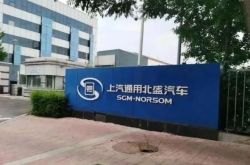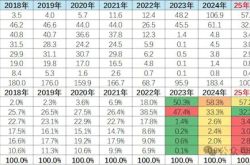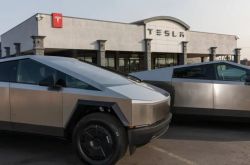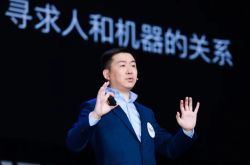Tesla Faces Another Wave of Resignations: Leaders of Three 'Iconic Models' Step Down Simultaneously
![]() 11/12 2025
11/12 2025
![]() 489
489
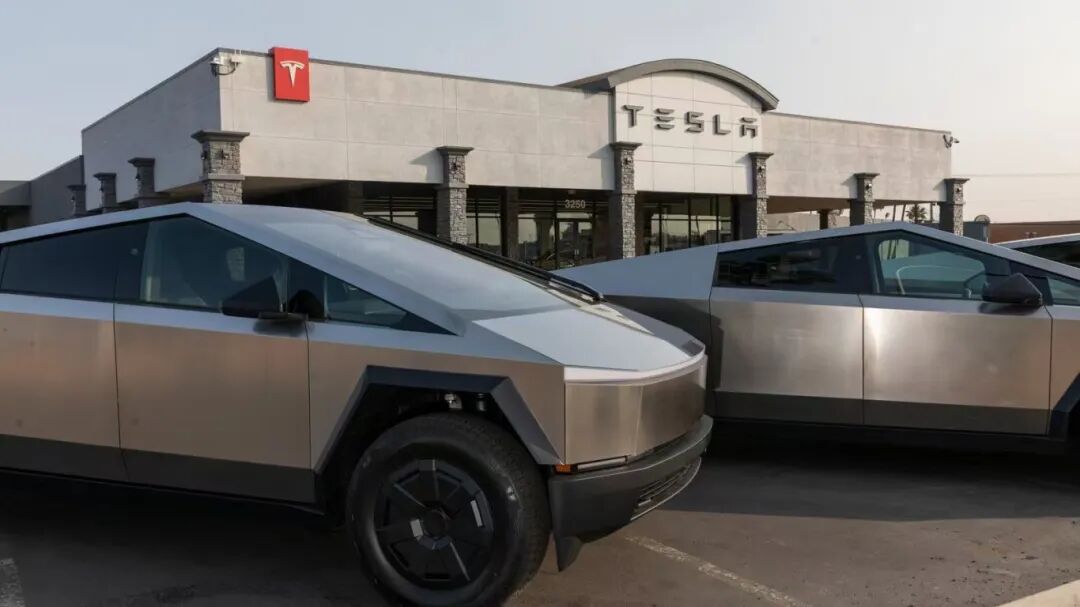
Introduction
The Cybertruck was envisioned as Tesla's strategic asset to solidify its profit margins, but it has now turned into a litmus test for Musk's lofty promises.
In a single day, Tesla witnessed the departure of two key executives.
According to international media reports, Siddhant Awasthi, the project leader for Tesla's Cybertruck, announced earlier this month that he would leave the company after more than eight years of dedicated service. Within Tesla, he also served as a core leader of the Model 3 project.
Just hours after Awasthi's resignation announcement, Emmanuel Lamacchia, the project manager for Tesla's best-selling Model Y, officially tendered his resignation.
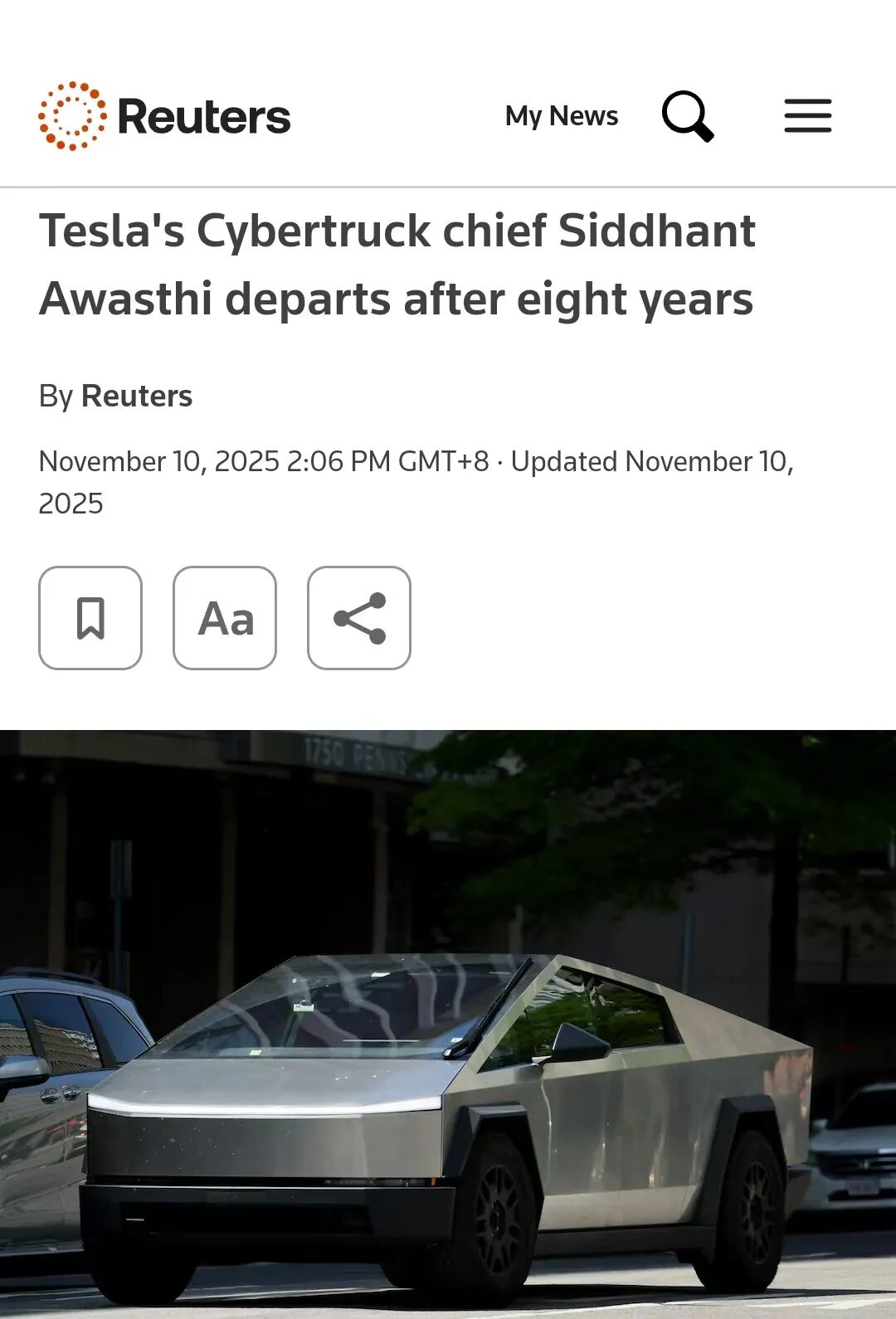
With their departures, the Model 3, Model Y, and Cybertruck have all lost their key leaders.
Reuters analysis suggests that the recent exodus of top executives from Tesla is partly due to the company's strategic pivot toward artificial intelligence and partly a result of the uncertain prospects for some automotive businesses.
In recent years, Tesla has experienced a steady outflow of core talent, particularly from critical areas such as autonomous driving and vehicle production. High-ranking executives have left Tesla to launch their own ventures or join rival automakers, emerging as influential leaders in their own right.
01 Losing Two Key Figures in One Day
Awasthi announced his departure on social media, stating in a post: "After an extraordinary career journey, I recently made one of the toughest decisions of my life—to leave Tesla."
According to his LinkedIn profile, Awasthi began his Tesla career as an intern and has remained with the company ever since. Recently, he oversaw the Cybertruck project, managing its transition from engineering to mass production while leading product strategy, quality improvement, and supply chain management.
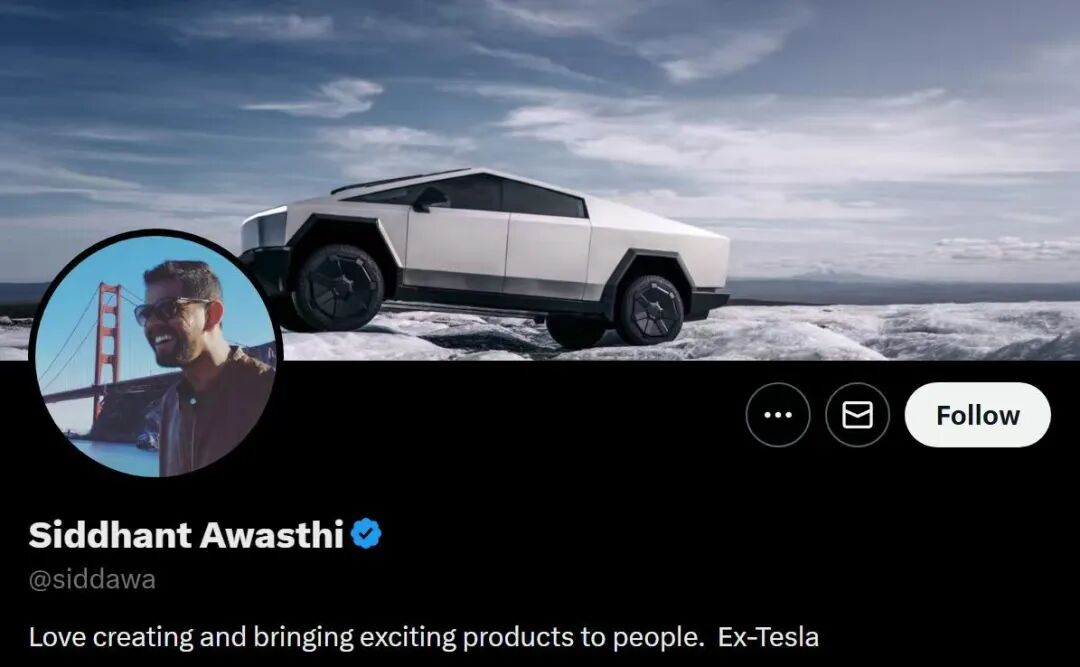
It is evident that Awasthi played a pivotal role in bringing the Cybertruck to market. Within Tesla, he also formally took over leadership of the Model 3 project in July of the previous year. In a recent LinkedIn post, he expressed gratitude for Tesla's role in his career development:
"Eight years ago, as an intern, I never imagined I would one day lead a project as significant as the Cybertruck and turn it into reality."
Shortly after Awasthi's resignation announcement, Lamacchia, the head of the Model Y project, also announced his departure on the same day.
Lamacchia joined Tesla in 2018 after previously working on engine production at Rolls-Royce. For over four years at Tesla, he supervised the Model Y project and managed its production.
Like Awasthi, Lamacchia bid farewell to Tesla on LinkedIn, writing: "What an incredible journey... from leading New Product Introduction (NPI) for Model 3 and Model Y to becoming the automotive project leader for the Model Y, the world's best-selling car."
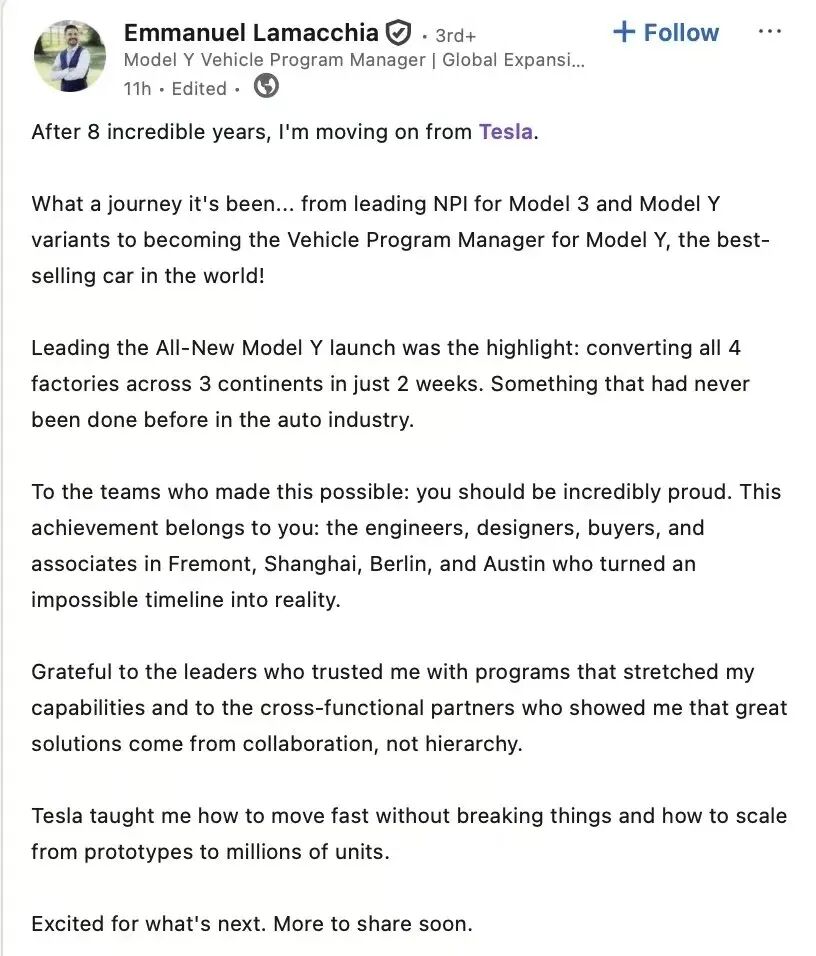
In his view, the global launch of the new Model Y marked a career highlight, with the team completing production line transitions across four factories in three continents in just two weeks—an unprecedented feat in automotive history.
The departures of these two manufacturing leaders are undoubtedly unwelcome news for Musk. In fact, over the past year, Tesla's automotive leadership has gradually "eroded." Prior to Lamacchia and Awasthi's exits, the company had already lost several project leaders, including:
David Zhang, who led the Model S and Model X projects, and Daniel Ho, who oversaw the Model 3 project.
Daniel Ho was highly regarded within Tesla and had earned industry acclaim for successfully leading the Model 3, Tesla's first mass-produced electric vehicle. However, as part of Tesla's large-scale layoffs last year, he was dismissed by Musk and subsequently joined autonomous driving company Waymo.

David Zhang had been leading the Model S and Model X projects at Tesla since 2018. Before handing over those projects to Lamacchia and Awasthi, he personally led the Model Y and Cybertruck projects. During his final months at Tesla, he also oversaw the company's first mass-produced electric roadster, the Roadster, and other long-term projects.
In August, Peter Bannon, Tesla's Vice President of Hardware Design Engineering and leader of the Dojo supercomputer team, was reported to have left the company. Bannon, a former Apple engineer, had worked on processor designs for the iPhone from A5 to A9.
Prior to Bannon's departure, Milan Kovac, the engineering leader for Tesla's Optimus humanoid robot project, had already left. Additionally, in June, Omead Afshar, a long-trusted vice president under Musk, also departed Tesla.
02 Escalating Challenges for the Cybertruck
The Cybertruck, once hailed as an industry game-changer, now faces an uncertain future, as evidenced by several troubling signs this year.
As the head of the Cybertruck project, Awasthi had been tasked with transforming the concept vehicle into a mass-produced reality. In his LinkedIn farewell post, he expressed gratitude to Tesla founder Elon Musk and his team, mentioning pride in boosting Model 3 production, launching the Shanghai Gigafactory, and achieving Cybertruck mass production. However, he did not disclose his reasons for leaving or future plans.
Similarly, he made no mention of the internal pressures at Tesla, the backlog of new vehicle inventory, or the downward revision of sales targets.
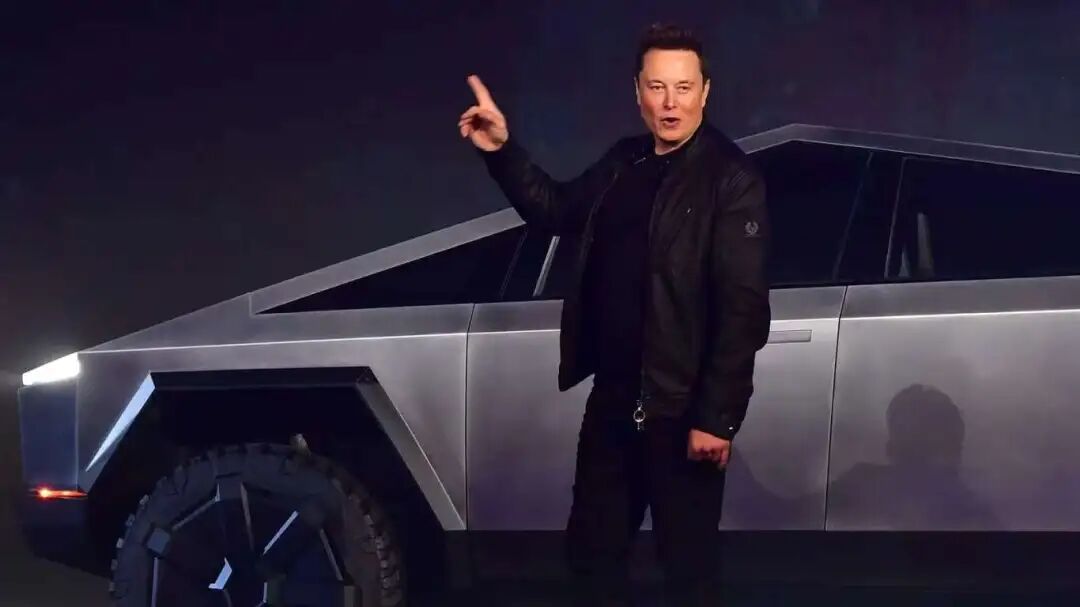
What is clear is that Awasthi's resignation comes at a critical juncture for Tesla's pickup truck ambitions, as the Cybertruck faces harsh realities:
In the third quarter of this year, Cybertruck sales in the U.S. plummeted by approximately 63% year-over-year, with only about 5,400 units sold. This figure represents a stark contrast to the once-claimed annual sales target of 250,000 units.
Meanwhile, the Cybertruck has been subject to frequent large-scale recalls.
In March, Tesla recalled over 46,000 Cybertrucks due to defective adhesive used in the body panels, which posed a risk of detachment. The recall volume of 46,000 units represented the total production of the Cybertruck since commercial production began in November 2023.
In October, Tesla recalled nearly 6,200 Cybertrucks again because the front parking lights were too bright and did not comply with regulations.
In fact, in 2024 alone, Tesla has issued seven recalls for the Cybertruck due to issues such as tire pressure monitoring system failures, stuck accelerator pedals, and inverter delays.
Since the beginning of this year, inventory pressures for the Cybertruck have also become increasingly apparent, with Tesla showrooms in the U.S. quietly offering discounts of several thousand dollars. Within Tesla's automotive business, the Cybertruck has become a manufacturing and financial burden.
Tesla has long prided itself on the speed and scale of its vehicle production, but this positive narrative has cracked as price cuts replace the excitement of sellout launches. Globally, the Cybertruck remains eye-catching, but the harsh realities of scalability, cost, and market demand continue to challenge Musk's pickup truck ambitions.
Industry insiders view the current Cybertruck project as a costly experiment with unresolved flaws: excessive weight, limited range, and hidden market demand risks behind its futuristic design...

The Cybertruck was meant to widen Tesla's profit moat and serve as a weapon to capture the most lucrative luxury pickup truck market segment from competitors like Ford and General Motors. Instead, it has accelerated into a litmus test for the limits of Musk's promises.
Awasthi's departure also reflects fatigue among Tesla's top leadership. A loss of confidence in management has become another new narrative for Tesla.
Musk personally defined Tesla's corporate culture and principles of "rapid innovation," but ironically, at this critical juncture where automotive and other businesses are under pressure, these principles risk being replaced by a scramble to keep up.
Editor-in-Chief: Cao Jiadong Editor: He Zengrong
THE END

